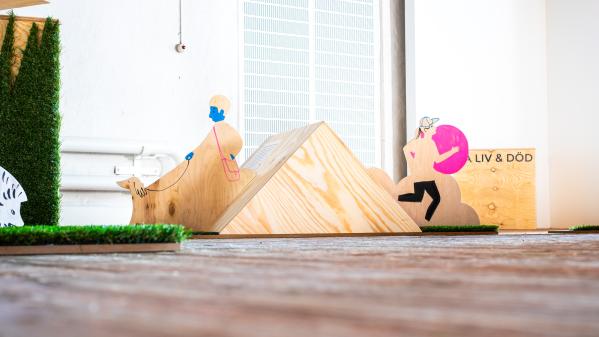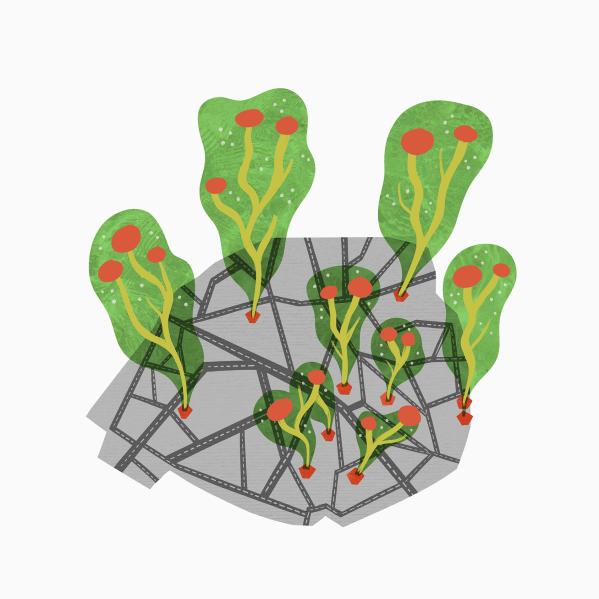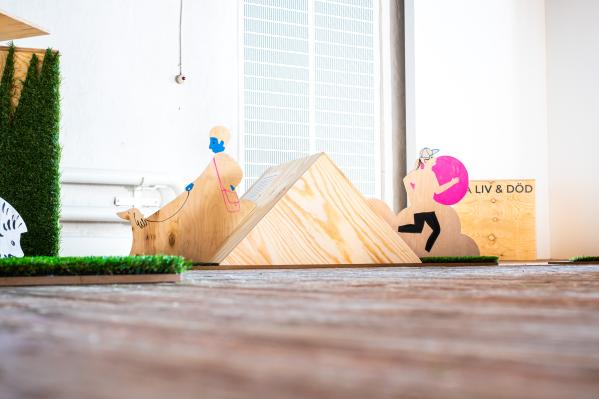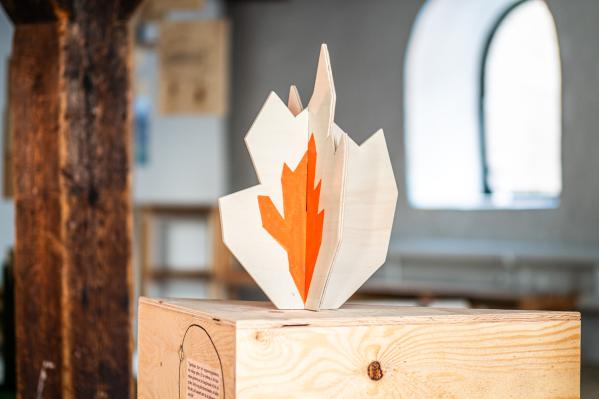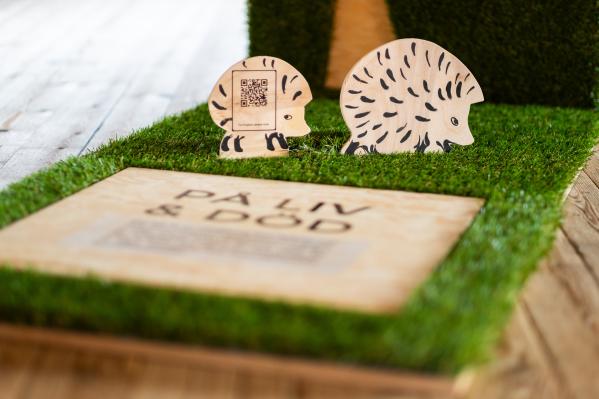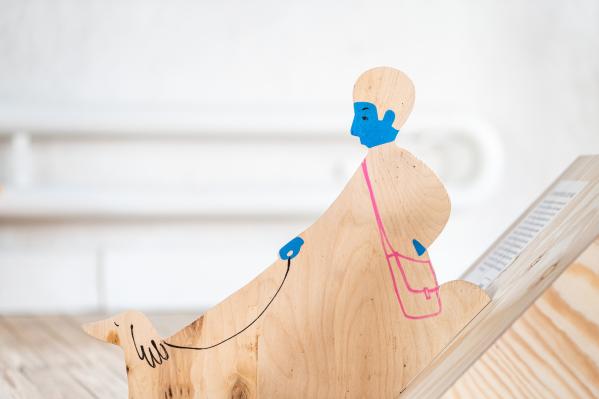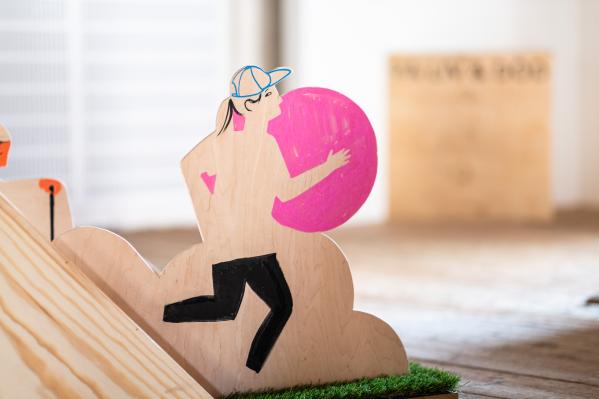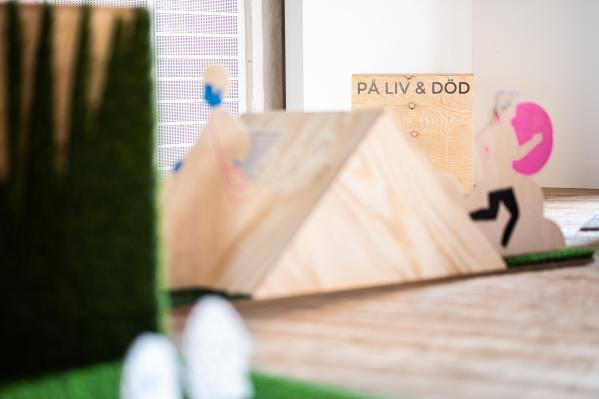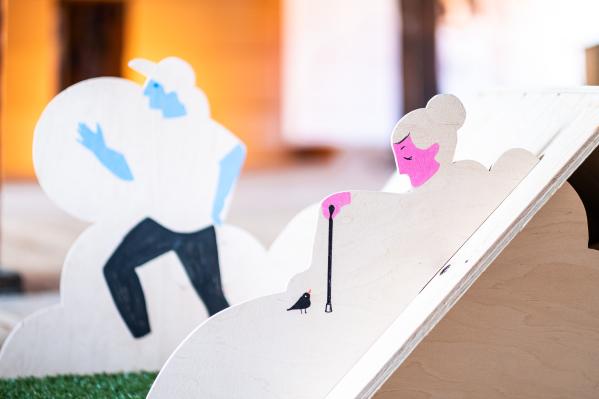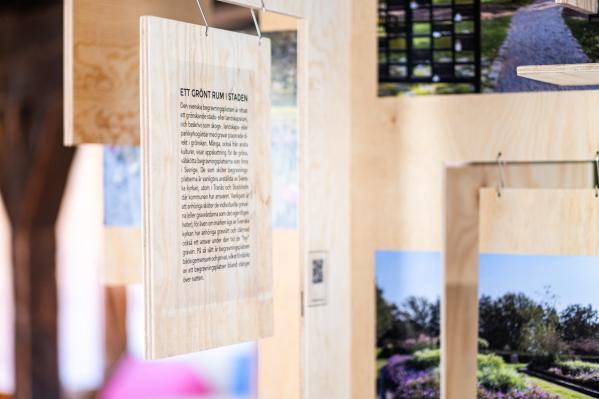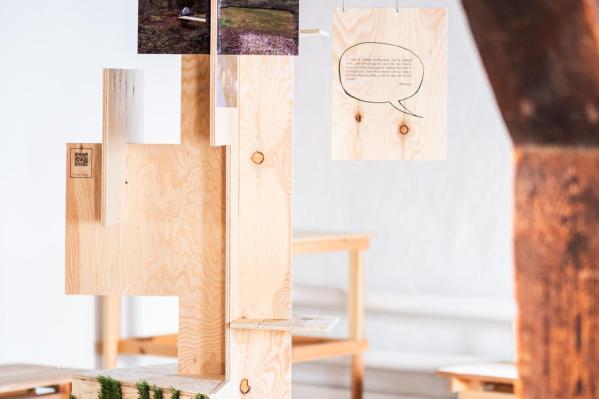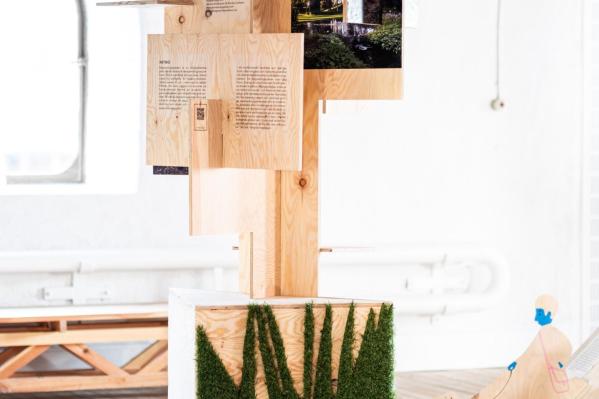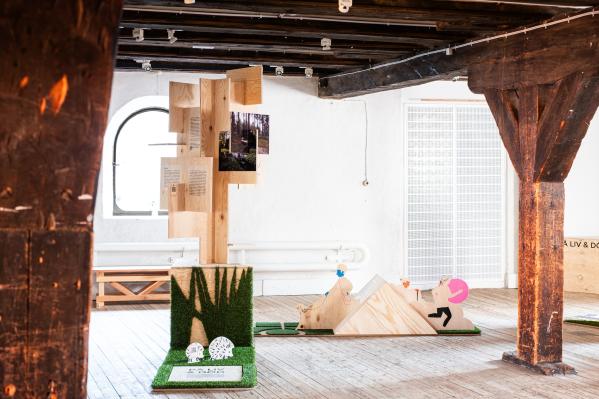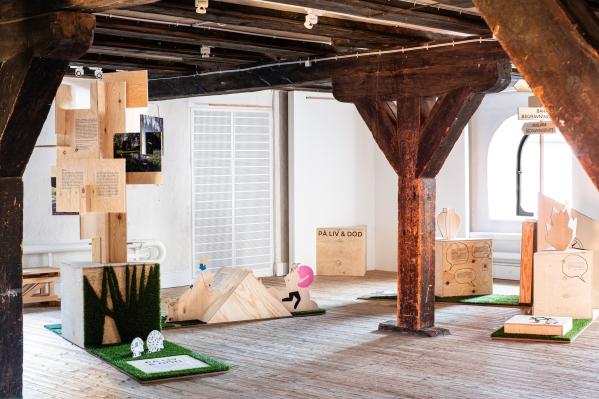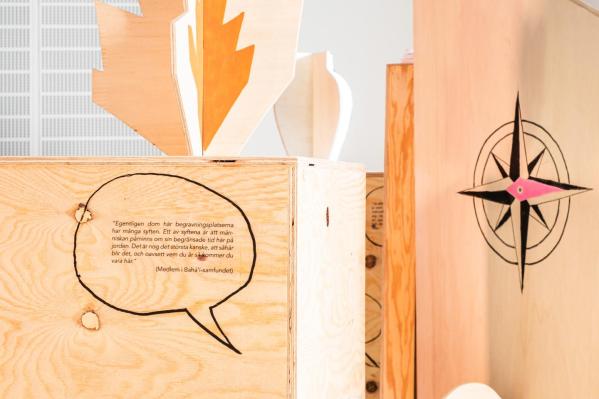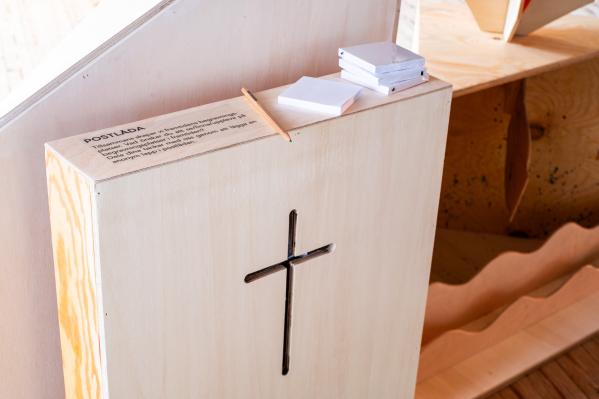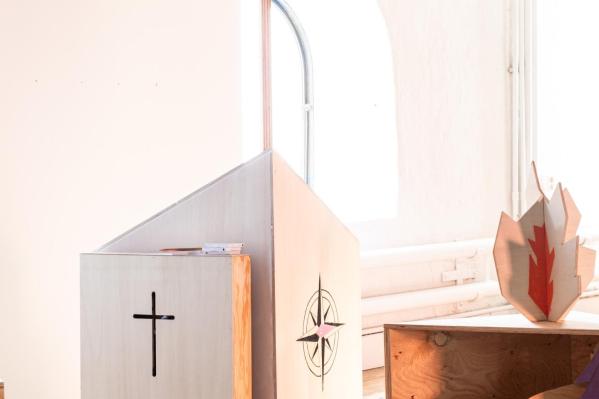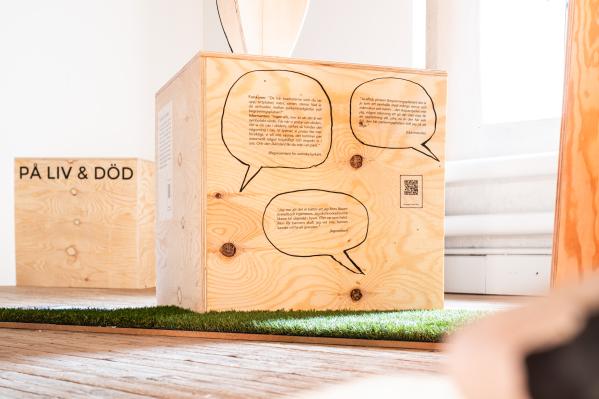The exhibition Burial sites for all aims to share knowledge about the contemporary burial ground and how it is supposed to function for everyone, both relatives and mourners as well as nearby residents who want to use it as a green space in the city.
The burial ground is a meeting place between life and death, and for different cultures and activities. It is a place where people's needs for peace, recreation, spirituality and nature can be satisfied. A place of opportunity and a safe space for the care of the dead, but also for the living; animals, plants and biodiversity. At the same time, the burial place can be a place for both inspiration and conflict between individual needs and expressions in the way of mourning a relative. The burial place has in many places gone from being a traditionally and jointly designed place, to becoming a more varied, multicultural and multi-functional one. Because at the same time as the population grows when cities are densified, the number of people (living and dead) with different cultural backgrounds also increases. And the need for green areas in the city means that the cemetery is no longer only used for burial and remembrance, but also for recreation such as jogging and dog walking, as well as to increase the biodiversity of the city.
About CEMI
The burial site is today an important place for green negotiation in the city, whose design, management and use have been studied in the research project 'Cemeteries and Crematoria as public spaces of belonging in Europe: a study of migrant and minority cultural inclusion, exclusion and integration'. The project has been carried out as a collaboration between 13 European researchers and the Swedish Research Council as co-financier. Project manager is Avril Maddrell (UK). Participating researchers from Sweden are Carola Wingren and Helena Nordh. The project has studied the design and use of burial grounds; not least in specific matters such as the burial ground as a quiet or spiritual space in the city, and as a meeting place for people with different cultural or religious backgrounds. Through interviews with a selection of employees in the funeral business as well as the general public in a couple of medium-sized Swedish cities, current issues relating to the burial place have been showcased from different perspectives, and made visible in scientific journals and books.
The project has shown that there is a great interest and commitment to the role of the burial place in the future city. At the same time there is a great ignorance about what is possible in relation to the legislation of different countries and how flexible and inclusive solutions can be achieved. Much is being done at the local level to create inclusive cemeteries that cater to all, but there is a lack of a national plan for how funeral directors should manage and promote cultural diversity in cemeteries. This exhibition is part of increasing the level of knowledge and opening up a discussion with the public, about life and death in a societal perspective and where the burial place plays a leading role.
